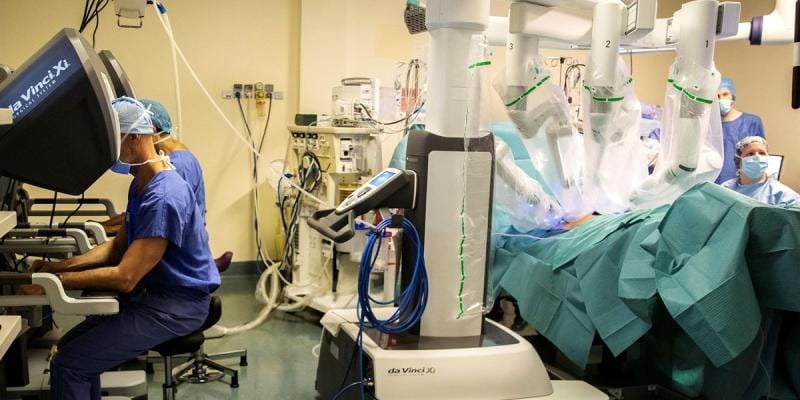This is not a sci-fi movie set in a dystopian future. The robots we’ve envisioned and continue to hear about are no longer figments of our imagination. They’re here and quickly living up to all our wildest expectations.
Robotics has quickly gained inroads in almost every industry. However, it is making a particularly significant impact in the field of medicine and healthcare. Robots support medical professionals in providing more personalized and comprehensive patient care, bridge gaps that only technology can fill. Slowly but surely ease the burden on health professionals while simultaneously improving safety and patient outcomes. No wonder robotics has become such an integral part of practicing medicine!
Healthcare is a huge industry, with so many fields and specializations that the possible application of robotics is practically endless. The options range from routine and innovative surgeries to nursing robots and disinfecting ones. These have quickly become the rage in the middle of this pandemic! Check out 25 of the most significant fields in medicine where robotics can change the game. More importantly, they can save your life.

Robots in Surgery Are All the Rage
Perhaps the first thing that comes to mind when you think of robots in the medical field is a robotic arm in surgery. That’s a fair image considering robotics-assisted surgery has been around since the 1980s. However, the steep upward trajectory of technological advancements in the field has allowed surgical robots to evolve. How so? They were once a humble medical tool. Now they are an almost indispensable staple of the operating room. It helps that the most recent iterations of these machines have become more steady, consistent, accurate, and reliable. More and more surgeons turn to robots for support, not just with challenging surgical approaches but also with routine ones that require incredible stillness and precision.
Robotics has also allowed surgeries to become as minimally invasive as possible. Prostatectomies, hysterectomies, and bariatric surgery focus on soft tissues. Surgeons can do them with the help of a robot. Imagine cutting down a patient’s recovery time or decreasing the risk of infections and complications, all because robots can help perform these surgeries without needing a large incision.
